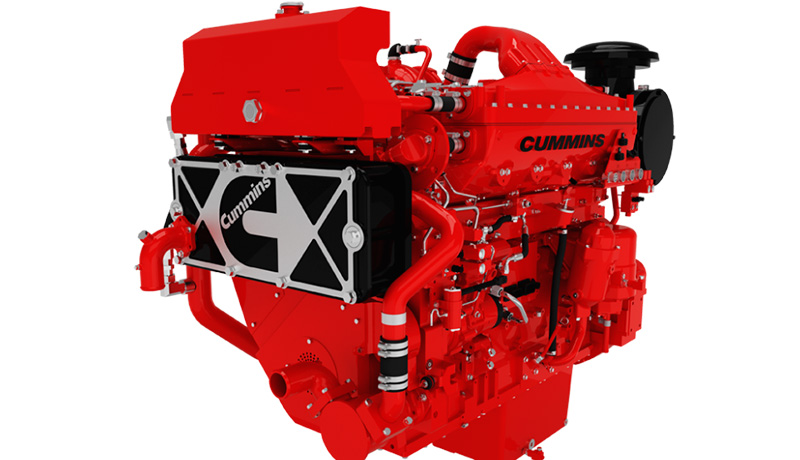Categories
- Blog (58)
- News & Events (34)

Note: WHEN diagnosing engine noise, it is necessary to exclude noise caused by auxiliary devices, such as air compressors and force retractors, and do not mistake this noise for engine noise. Remove the auxiliary drive belt to eliminate noise caused by these devices. Noise can also be transmitted to metal parts that are otherwise fine. Therefore, the use of a stethoscope will help to determine the location of the engine noise.
If the noise heard varies with crankshaft speed and engine speed, the noise may be related to crankshaft, connecting rod, piston and piston pin. If the noise heard varies with the camshaft speed and half speed of the engine, the noise may be related to the valve transmission components. A hand-held digital tachometer can help determine whether the noise is associated with a component operating at the speed of a crankshaft or camshaft.
Engine noise can sometimes be detected by performing a single cylinder missing fire test. Refer to steps 006-005 in QSK19 Series Engine Fault Judgment and Maintenance Manual. If the noise volume decreases or disappears, then the noise is related to the individual cylinder being tested.
There is no set rule or test for determining the source of noise.
Engine driven components and auxiliary devices such as geared fan clutches, hydraulic pumps, belt-driven chargers, air conditioning compressors, and turbochargers can all contribute to engine noise. The following information can be used to guide the diagnosis of engine noise:
Spindle tile noise
The knocking noise produced by the loose spindle tile can be heard when the engine is loaded, and it is loud and dull. If all the spindle tiles are loose, you will hear a loud, short tapping sound. The tapping is regular and varies with the rotation speed. This noise is loudest when the engine is being towed or driven under heavy load. The sound of this tapping is duller than the noise produced by the links. Low oil pressure will also accompany this situation.
If the bearing bush is not loose enough to produce a knocking sound on its own, if the oil is too thin or there is no oil on the bearing bush, the bearing bush will produce knocking noise.
An irregular noise may indicate crankshaft thrust bearing wear.
Intermittent sharp knocks indicate excessive axial clearance of the crankshaft. Repeated clutch clutch action may cause variation in this noise.
Connecting rod bearing bush noise
Excessive connecting rod clearance can cause knocking noise at various engine speeds, namely idle speed and load conditions. When the bearing bush begins to loosen, the noise may be confused with the sound of piston slapping or loose piston pins. The volume of the noise increases with the engine speed. This can also happen if the oil pressure is too low.
The piston noise
It’s hard to tell the difference between the piston pin, the connecting rod, and the noise caused by the piston. A double – clicking sound caused by a loose piston pin is usually heard when the engine is idling. When the injector of the cylinder that produces the noise stops pumping, the sound of this tapping will change significantly. On some engines, however, the tapping becomes more pronounced when the vehicle is moving at a steady speed on the road.
